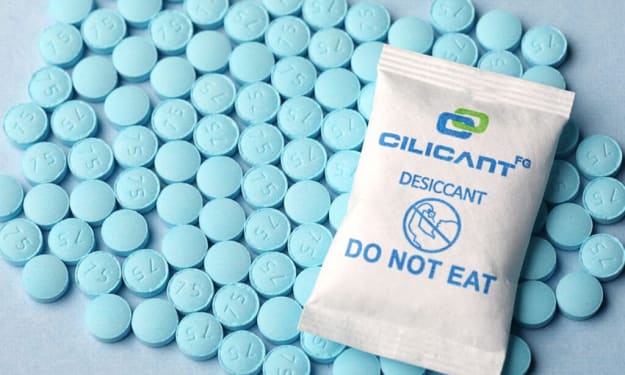
Desiccants are known to be most effective when used in any process that requires the removal from water from liquids, suspension, and gases. The conditions you are looking for in drying a product can also be attained by using desiccants. It offers you a number of ways to dry your products and thus a number of ways that you could use it for your purposes.
There are a lot of different desiccant bag suppliers and so it could be difficult to choose which of them suit your requirements best. You just have to make sure that they will provide you with nothing less than very high quality products and services that can meet all of your standards in this field, as well as medical and food industries as well. And because most industries especially those that require the industrial drying of gasses and liquids need very high quality desiccants, only the best desiccant suppliers offer these grades of quality products.
When choosing a supplier, like the many other things that you buy, it is always important to think about their quality first before considering the price or anything else. Always remember that it is never advisable for one to go for cheap alternatives in buying desiccants because most of the time we get what we pay for!
There are those that are used in chemical bonding on water molecules among others. in this article, we are going to list down different types of desiccant for container shipping. These include:
1. Quicklime Desiccant
Any container desiccant manufacturer knows exactly what quicklime desiccant is and its importance in the market. Some also refer to it as calcium oxide desiccant and it usually comes in form of white powder. Unfortunately, this is a more dangerous desiccant. It is generally indicated that is not edible on the package. Therefore, adults should ensure these desiccants don’t get into custody of their children at any cost. Although desiccants are reusable, when it comes to quicklime, it is advisable to discard it once you remove it from the packaging.
2. Silica Gel Desiccant
This is the most common desiccant bags for containers. It is used in most of the products since it is not dangerous even when eaten. These are mostly transparent particles and contain a small amount of pink or blue particles. This indicated that cobalt chloride has been added to silica gel to indicate efficacy. When cobalt chloride is dry, it appears blue and it automatically turns pink in color when it absorbs water. Because of its transparent appearance and bright color, it is very easy for children to eat silica gel desiccant by mistake.
Desiccants are often used to control local humidity in a small, confined space. As you may know, Indicating silica gel packets (which contain adsorbed water) are often placed inside products such as shoes, dried flowers or electronics to prevent moisture damage.
The good news is, this desiccant bags for containers is not toxic and therefore, it can easily be discharged with the stool. However, it becomes a challenge if it accidentally chocks your child. This is the reason why, most of them have a “Do not eat” indication on the surface. Silica gel can therefore be stored for future use without the fear of it causing danger to you or your child.
Conclusion
Desiccant is a material that absorbs moisture. There are different desiccants for container shipping packaged in different materials and made using different technology by different manufacturers of container desiccant. A deeper understanding of each of them is essential if you intend to keep using them.
About the Creator
Cilicant
Experience quality and innovation with products from Cilicant Pvt Ltd. Our offerings include premium desiccants and adsorbents carefully designed and manufactured to meet the highest standards of several industries.






Comments
There are no comments for this story
Be the first to respond and start the conversation.